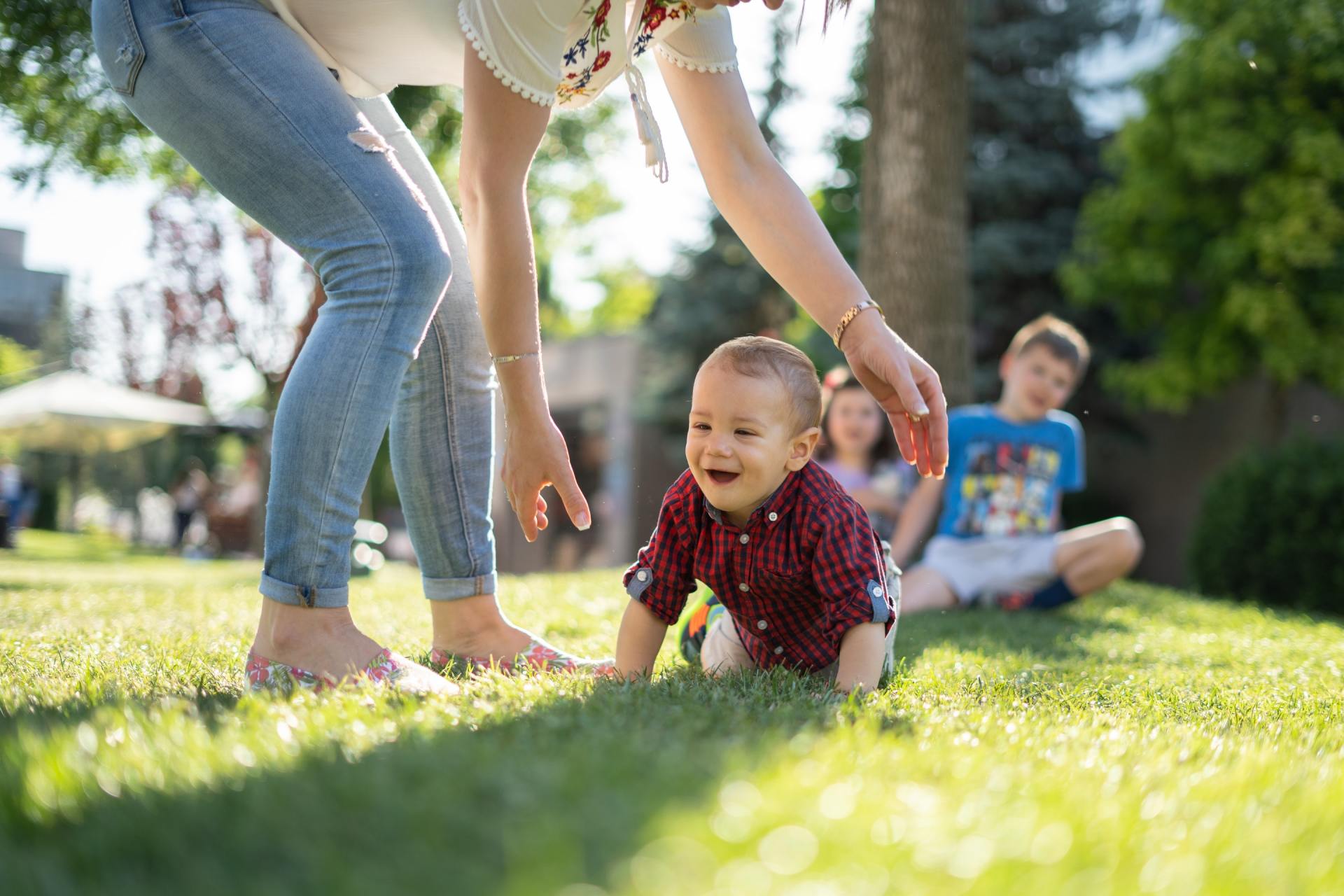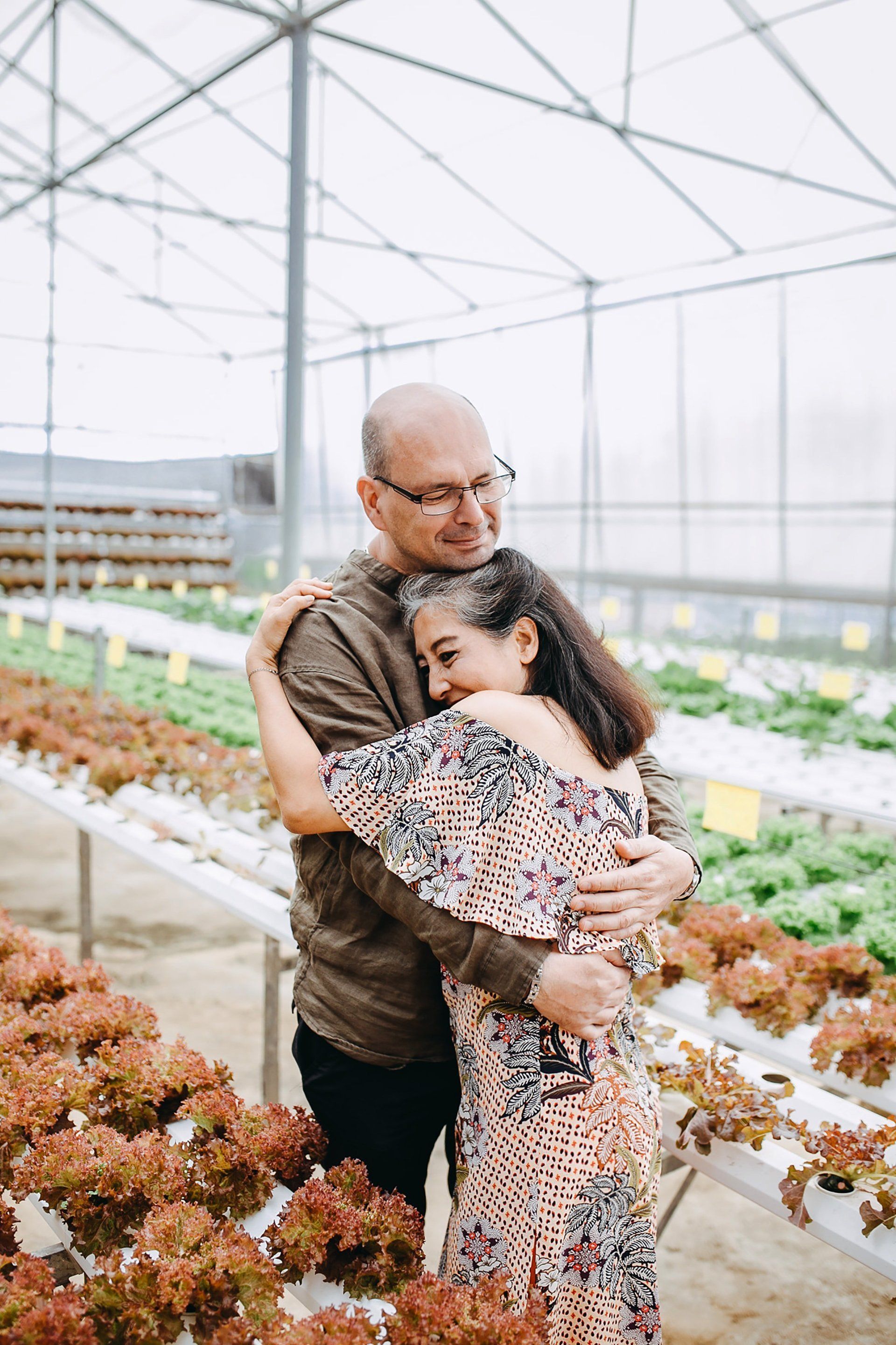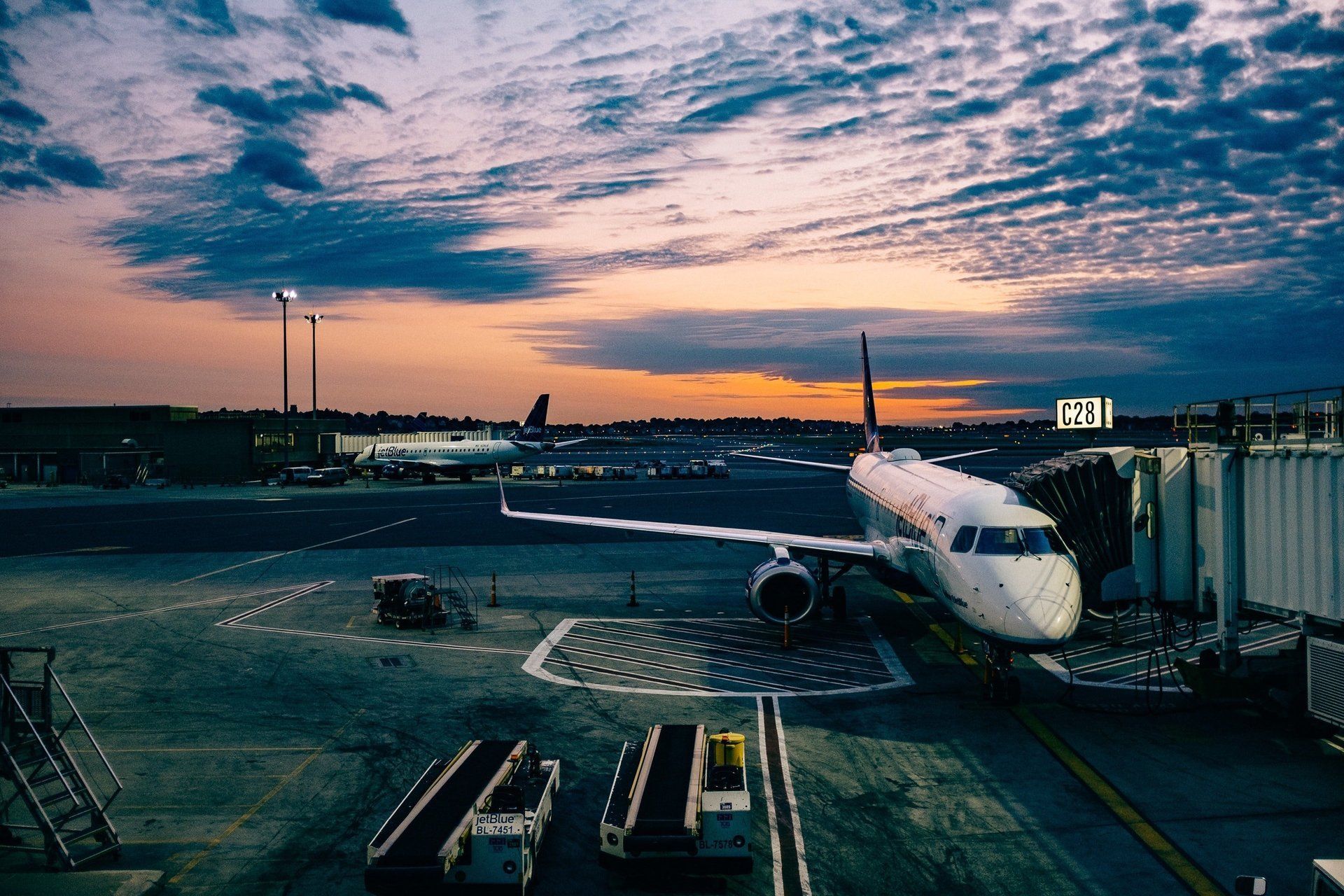Living alone does not necessitate an isolated lifestyle. Putman introduces the concept of social capital as a panacea for loneliness and isolation. Social capital is the active connections between people within a community. It is the glue that holds community together while offering benefits to individuals within that community. The loss of social capital is felt in critical ways, such as increased crime rates, poorer neighbourhood quality of life, and decline in mental wellbeing.
People generally form social ties because of an innate desire for social contact. In the context of community, social ties form around fun activities or pressing community issues. People are motivated by either a benefit to themselves or a belief that their personal involvement will have an impact. Active community involvement results in collaboration, allowing citizens to resolve collective problems more easily. There have been many local issues in our Mountain community that have brought people together, and in doing so, built our social capital.
As a community becomes more involved with one another, willingness to assist one another increases. Social networks provide the channels through which we recruit one another for good deeds and encourage attention to others’ welfare. A generalised attitude of reciprocity becomes the norm as recipients of support begin to “pay it forward” to others. In other words, “I’ll do this for you without expecting anything specific back, in the confident expectation that someone will do something for me when I am in need in the future”.
On the twentieth anniversary of “Bowling Alone” a new edition was released that included the impact of social media and the internet. While technology has introduced opportunities for social connection, it has also resulted in unprecedented levels of alienation and isolation. Social capital within communities has suffered, as the virtual world has captured the attention of those who would previously seek company outside the walls of their home.
For some, the approach of Christmas can accentuate feelings of loss or loneliness. Perhaps you know someone who might be alone at this time of year. Invest in our community’s social capital and consider inviting others to your Christmas celebration. Love, joy and peace be yours during this special season.
Linda Gray
0401 517 243
linda@relationshipsanctuary.com.au
MORE SCENIC NEWS
-
ANNE HOITINK – APRIL 2, 1945 – MARCH 15, 2024
Mar 28, 2024ButtonMigrated to Australia on 29 November 1952, aged 7 years. Going directly to the suburb of Reid in Canber...
-
GREAT SUCCESS FOR LITTLE ATHLETES
Mar 28, 2024ButtonRuby, Lily, Talia, Torah, Hugo, Leiawyn, Aric, Dean, Mitchell, Harvey and Noa; you all should be so proud ...
-
A NEW CHAPTER FOR WOLVES BASKETBALL
Mar 28, 2024ButtonAs the sun sets on an incredible experience, it's time for me, Adam Chanter, to say farewell as the Pre...
-
COMMUNITY CAMERA ALLIANCE – YOUR CHANCE TO HELP
Mar 28, 2024ButtonIt's essential for community members to remain vigilant and take steps to safeguard their properties and vehicle...
-
GALLERY’S $30,000 MAJOR ART AWARD RETURNS
Mar 28, 2024ButtonThe award, named after the sacred mountain which the Gallery overlooks, is open to artists living across the...
-
GRAND OPTIONS CATER TO MOST NEEDS AND TASTES
Mar 28, 2024ButtonFor weddings, services can be held in The Old Church, which stands as a proud member of architecturally sig...
-
KERRI: AN HONOUR TO FILL THE ROLE FOR DIVISION 2
Mar 28, 2024ButtonDuring the pre-poll part of the campaign, I was very grateful for the opportunity to be able to meet an...
-
DO HOP IN FOR A NEW MONTE LUPO EXHIBITION
Mar 28, 2024ButtonMonte Lupo was established by Multicap in 1991 to provide meaningful employment to people living with di...
-
BREACH OF CODE: RULING ON MAYOR CHRISTENSEN RAISES MORE VOTER CONCERNS ON ELECTION EVE
Mar 14, 2024ButtonAdditionally, Christensen is to bear his legal costs, with a warning that any future infractions will be classifie...
-
THIS TIME, IT REALLY DOES MATTER – HAVE YOUR SAY
Mar 14, 2024ButtonPaul Williams, a political scientist from Griffith University, offers insights into the “candidate scarcity...
LOCAL BUSINESS
COLUMNS
-
Beauty & Wellness
ButtonWriter: Rebecca Mander - Naturally Cos
-
Community Care
ButtonWriter: Geoff Marshall
-
Embrace
ButtonWriter: Jaap Vogel
-
Food for Thought
ButtonWriter: Dylan Gittoes
-
Hooked on Books
ButtonWriter: Friends of TM Library
-
Living with Dogs
ButtonWriter: Pam Brandis (Dip. Canine Prac.)
-
Nature Notes
ButtonWriter: Nadia O’Carroll
-
Pastor Kim
ButtonWriter: Pastor Kim Dale
-
Physio Talk
ButtonWriter: Neil Bell (Tamborine Mountain Physique)
-
Police News
ButtonWriter: Sgt Mark Shields
Officer in Charge
North Tamborine Police
-
Politics
ButtonWriter: Local Councillors and Representatives
-
Relationships
ButtonWriter: Linda Gray
-
The Mtn Midwife
ButtonWriter: Bree Lowing (Registered Midwife)
-
Travelling Places
ButtonWriter: Travelling Places Tamborine Mtn
-
Wine chat
ButtonWriter: Imogen Mulcahy
-
Yoga Under the Bodhi Tree
ButtonWriter: Margot Wagner
Your Local Paper
to read, keep & share

Your Local Paper
to read, keep & share
CONTACT
PO Box 118, North Tamborine Qld 4272
Phone: 0407 671 286
Email:
news@tmnews.com.au
ads@tmnews.com.au
Design by BjornSchmal.com


















